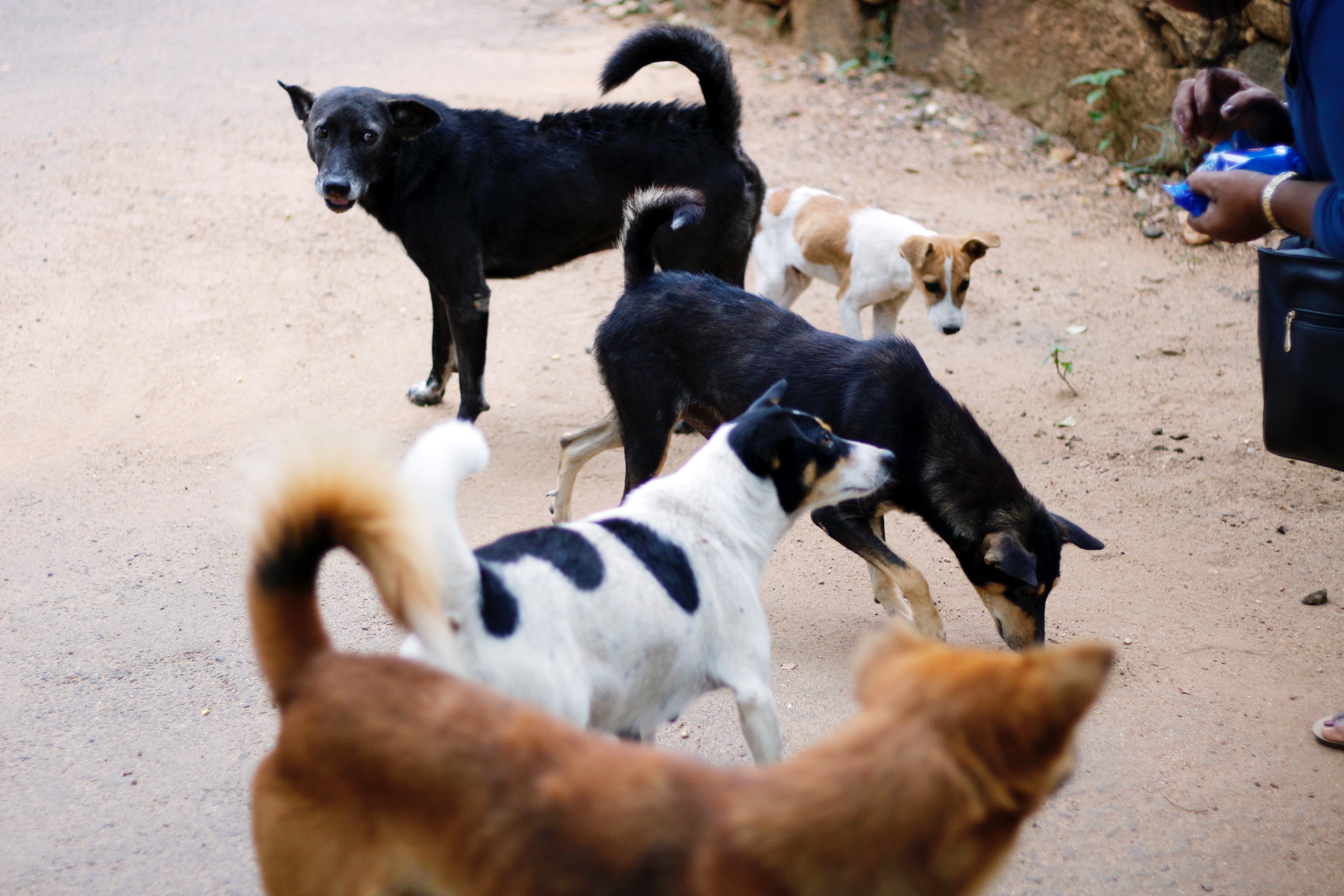Research roundup: Identifying high-risk areas for dog-mediated rabies using Bayesian spatial regression
October 3, 2022

In an effort to identify high-risk areas for dog-mediated rabies, researchers at the University of Minnesota recently took a One Health approach using Thailand as the example site to quantify the location-based risk of contracting the disease for both human and animal populations. Despite ongoing control efforts, rabies remains an endemic zoonotic disease in many countries. A better understanding of its spread is crucial for the development of effective surveillance and control programs.
The researchers used a geo-statistical model that generated risk maps based on the spatial patterns and associations between case numbers and epidemiologically important factors (such as, the numbers of dog bites reported, Buddhist temples that provide shelters, and garbage dumps, which are potential food sources). In testing the model, the researchers determined that had it been used to identify districts at risk in 2015, the cases reported between 2016/17 would have been predicted with model sensitivity and specificity of 0.71 and 0.80, respectively. In other words, 71% of the districts that reported at least one case were accurately predicted by the model and 80% of the districts predicted to have no cases actually reported no cases.
While active surveillance is ideal, with this project the researchers demonstrated that available data can be put to better use using quantitative modeling approaches. This method of determining high-risk areas and the space-time patterns of rabies spread in relation to epidemiologically important factors,can support the evidence-based allocation of resources for surveillance and control programs. Moreover, the methods they demonstrated can be tailored to account for risk modifying factors in other regions and countries, offering a broadly applicable tool for understanding and combating the spread of rabies. Read more in the full article in One Health journal.


